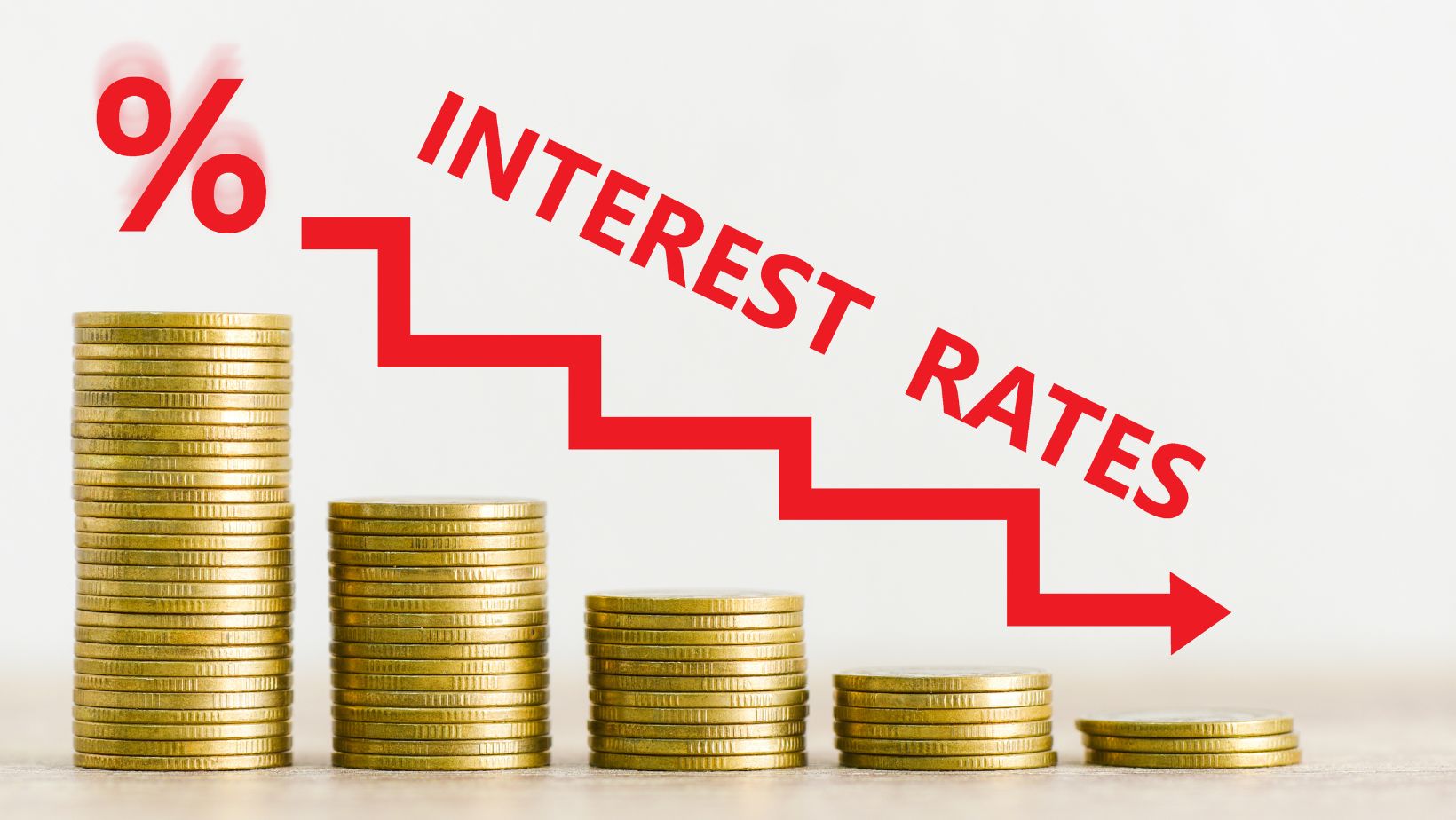
Investing in mortgage notes can be a smart way to generate passive income and diversify your financial portfolio. But like any investment, it’s influenced by broader economic forces. Two major players that significantly affect mortgage note values are inflation and interest rates. Whether you’re a seasoned investor or just getting curious about real estate-backed assets, understanding how these economic factors shape the market can help you make more strategic decisions.
Inflation Can Quietly Reshape Returns
Inflation is often described as a rise in the general price level of goods and services. What it means for investors is a silent erosion of purchasing power. When inflation increases, every dollar you receive in the future is worth a little less in today’s terms.
This directly affects mortgage notes. These notes are typically paid out in fixed monthly installments over the years. If inflation rises significantly during that time, those fixed payments lose real value. For example, $1,000 received ten years from now won’t buy the same amount of goods or services it could today.
Now, if you’re holding a mortgage note at a 5% interest rate and inflation jumps to 6%, you’re technically losing money in real terms. That’s why long-term mortgage notes become less attractive when inflation spikes investors want yields that outpace inflation.
Rising Interest Rates Can Shake Up Note Values
Interest rates are the cost of borrowing money and are often influenced by central banks trying to control inflation. When inflation gets too hot, central banks like the Federal Reserve may raise interest rates to cool things down. But this shift can ripple through the mortgage note market.
Let’s say you hold a note that pays 4% annually. If new loans are being issued at 6% because rates have gone up, your note suddenly becomes less appealing to potential buyers. Why would they buy a 4% note when they could get 6% elsewhere? As a result, the market value of your note could drop.

For investors looking to take advantage of shifting interest rate environments, one strategic option is to Buy Mortgage Note assets during periods of rate stability or just before expected rate drops.
The Dance Between Inflation and Interest Rates
Inflation and interest rates don’t move independently. They’re in a complex dance, often reacting to one another. High inflation tends to trigger higher interest rates. Low inflation or deflation might prompt rate cuts to stimulate the economy.
For mortgage note investors, this interplay means you need to watch both indicators. If inflation is on the rise and the Fed signals more rate hikes, consider how this might affect the resale value of your note and the real return you’re getting over time.
It’s also worth noting that sometimes markets overreact. Just because the Fed raises rates doesn’t mean note values will collapse overnight.
Fixed vs. Adjustable Notes Respond Differently
Not all mortgage notes are created equal. Some are tied to fixed interest rates, while others adjust periodically based on a benchmark.
Fixed-rate notes are more predictable. You know what the cash flow looks like from day one. But they’re more sensitive to market interest rate changes.
Adjustable-rate notes (ARMs) offer a built-in hedge against inflation and rising interest rates. Their payments can increase over time, which may help maintain their value.
When analyzing a note, the type of interest structure matters just as much as the rate itself.
Timing Matters When You Buy or Sell
Timing is everything in real estate and the same goes for mortgage notes. If you’re thinking about buying or selling a note, consider the current economic climate.
During periods of low interest rates and moderate inflation, note values are typically higher. That’s a good time to sell.
If inflation is surging and interest rates are climbing, buyers may demand a discount. This is where research and market awareness come in.
Watching indicators like CPI (Consumer Price Index), rate forecasts, and bond market trends can give you valuable clues.
Thinking About Getting Into Mortgage Notes?
For those considering entering this investment space, it’s important to factor inflation and interest rates into your strategy right from the start.
 Do you want consistent, fixed payments? You might prioritize low-inflation periods for buying. Prefer a hedge against inflation? Adjustable notes or those with higher yields could be more appealing.
Do you want consistent, fixed payments? You might prioritize low-inflation periods for buying. Prefer a hedge against inflation? Adjustable notes or those with higher yields could be more appealing.
Evaluate the notes through a lens that includes economic conditions not just surface-level yield numbers.
Work with note marketplaces or brokerages that package deals for investors , saving you time and upfront effort.
Let the Economy Be Your Compass
Mortgage note investing can offer stable returns, but it doesn’t exist in a vacuum. The broader economy especially inflation and interest rate trends plays a key role in shaping both returns and risks.
When inflation rises, the value of future note payments drops. When interest rates rise, your note may become less attractive to buyers.
But when rates fall, older notes shine. Knowing how these forces interact gives you the upper hand.
A well-timed decision in this market can make all the difference in the long run.












